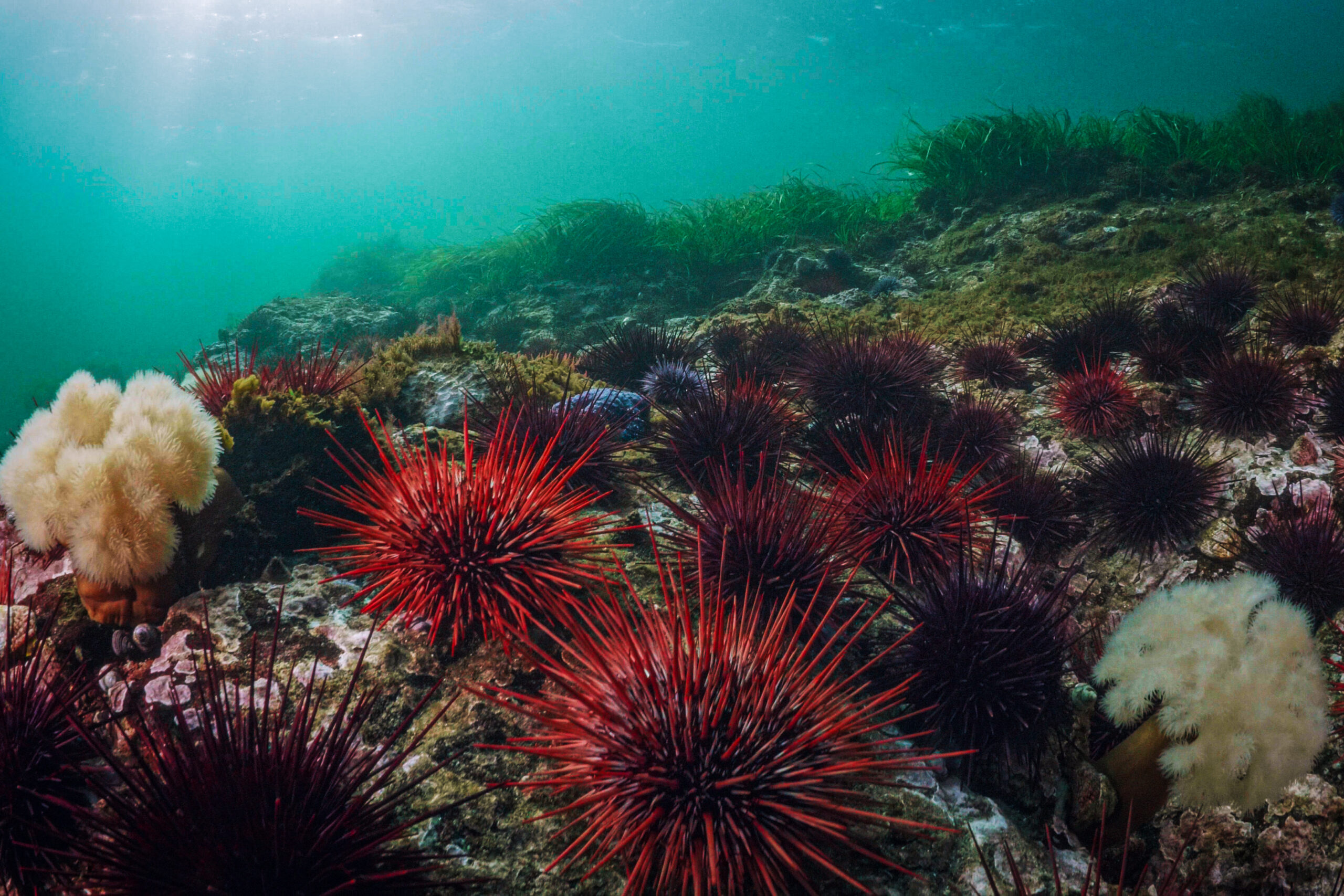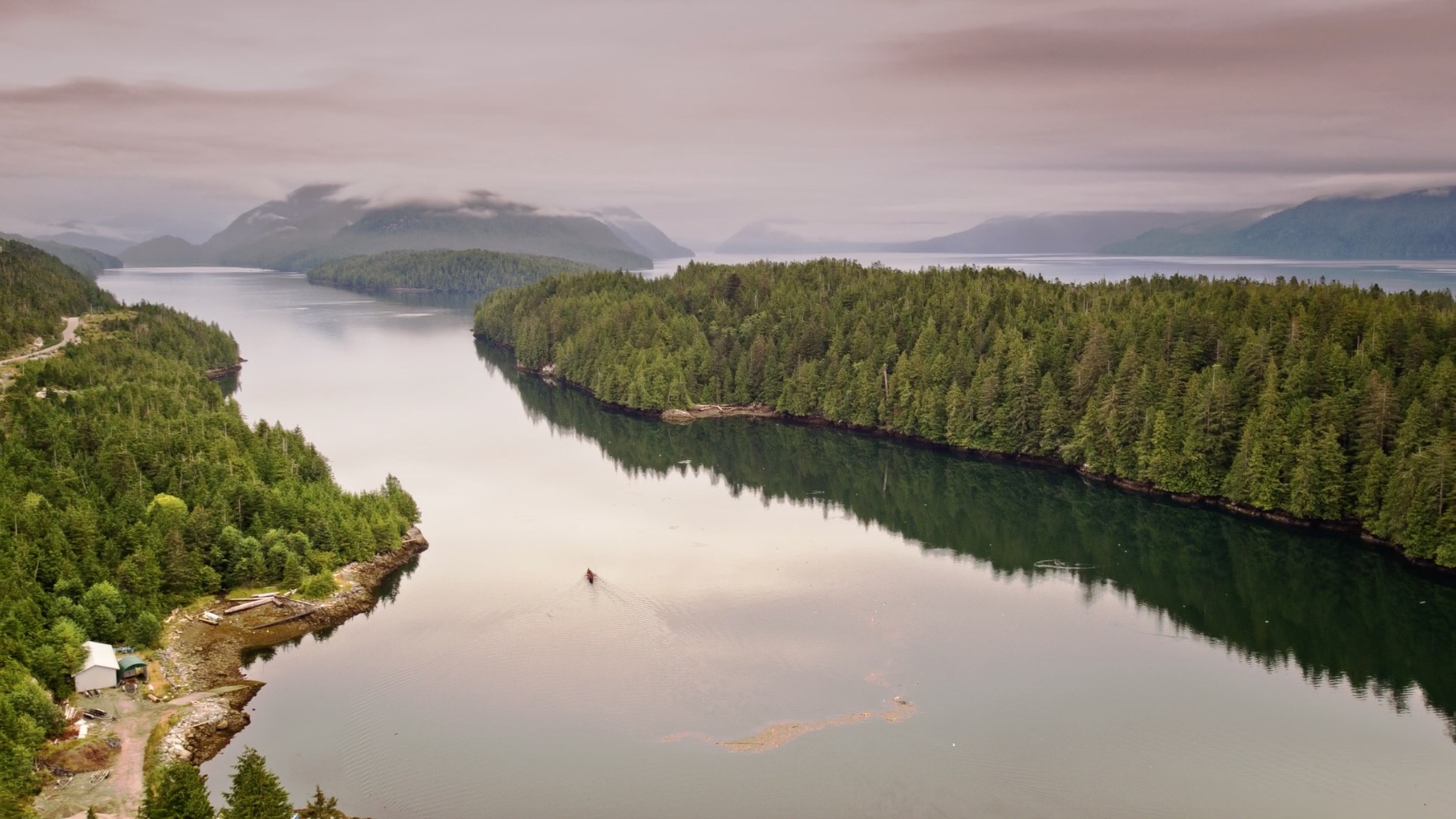As First Nations of the North Pacific Coast, we have governed our territories for countless generations. Our lands and seas are among the richest and most productive ecosystems on Earth. For decades, we have worked with Canada and BC to set aside unsustainable industrial resource extraction in favour of Indigenous-led conservation models grounded in our knowledge and stewardship responsibilities.
The first landmarks in this effort were the Great Bear Rainforest Agreements in 2006 and 2007: government-to-government conservation and management agreements spanning 6.4 M ha of coastal temperate rainforest. These agreements were accompanied by an innovative finance model that united investments from federal and provincial governments and philanthropic funders. This groundbreaking approach has inspired similar models of large-scale conservation finance – now known as “Project Finance for Permanence,” or PFPs – around the world.
These agreements also established Coast Funds, an Indigenous-led conservation finance institution. Since its launch in 2008, Coast Funds has proven to be a powerful engine for economic development. Through the Great Bear Rainforest PFP, coastal nations were able to expand existing programs and create new projects, resulting in 1200 new jobs and 130 new businesses while diversifying the regional economy, increasing household incomes, empowering youth, improving food security, and more.
PFP FAQ’s
Q: What is a PFP?
A: A PFP (Project Finance for Permanence) is a tool that can provide durable finance for long-term stewardship and conservation programs. A PFP is modeled after commercial and infrastructure project finance: all financing is negotiated up front and all key elements must be in place as closing conditions. We pioneered this model with the Great Bear Rainforest agreements in 2007, and the establishment of Coast Funds, generally acknowledged as the world’s first real PFP.
Q: What makes a PFP?
A: A PFP is a specific kind of financial mechanism based on a detailed conservation plan. Multiple funding sources are identified in the plan, including donors, governments, and alternative revenue mechanisms. The close does not happen without negotiation, providing an opportunity to design policies and institutions needed to permanently protect ecosystems and support communities. The PFP reaches a single close; it is only once the full fundraising goal has been reached that funds begin to flow.
Q: Why a PFP for the Great Bear Sea?
A: The Great Bear Sea PFP will be a durable finance arrangement to support sound stewardship, better management, job creation, and sustainable economic development and diversification across the region. Led by 17 Nations of the North Pacific Coast, the Great Bear Sea initiative will build on the success of the first PFP model developed in the Great Bear Rainforest in 2007 and aims to bring our vision full circle by linking management and stewardship across land and sea.
To learn more about the PFP Model, visit Coast Funds at:
https://coastfunds.ca/news/what-does-a-conservation-economy-look-like
https://coastfunds.ca/news/guide-to-sustainable-conservation-finance


